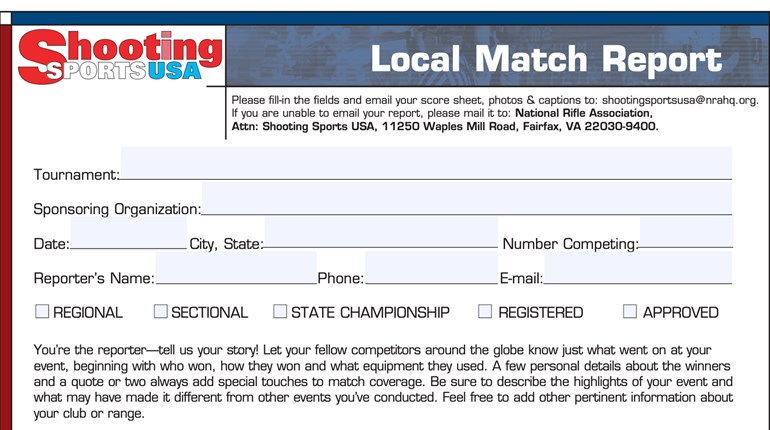
Malfunctions that do occur are often times caused by ammunition that is deteriorated or contaminated. Regardless, shooters are bound to experience at least one type of malfunction on the firing line at some point.
A cartridge or shell that produces projectile velocity and sound substantially lower than normal is called a squib load. In most cases, a squib load will have enough power to eject the bullet from the barrel, however, there are times when the bullet may not fully eject. If the bullet is barely lodged in the barrel it may be tapped out carefully with a cleaning rod, but firmly lodged bullets should be taken to a gunsmith for removal. Squib loads can typically be diagnosed when reduced recoil or muzzle blast is felt, failure of the action to cycle the next shot in a semi-automatic, or the lack of a hole in the target. When a squib load has been detected, the firearm should be completely unloaded and the barrel inspected visually and with a cleaning rod to ensure there are no obstructions.
A misfire is diagnosed when a cartridge fails to fire after the trigger is pulled and the hammer or firing pin has fallen. This type of malfunction can occur when the priming mixture fails to initiate after the primer has been struck adequately by the firing pin, when the initiated primer fails to ignite the powder, or when the firing pin administers a “light hit”―probably the most common cause. Misfires should always be treated as hangfires, as it is almost impossible to distinguish one from the other until the firearm is cleared.
When there is a noticeable delay between the time the hammer or firing pin drops and the discharge of the firearm, a hangfire has occurred. These are often mistaken as misfires and therefore are considered the most dangerous type of malfunction. In hangfires, the ignition process has started inside the case after the primer is struck, setting off a very slow and unpredictable discharge process. If this occurs, keep the muzzle pointed downrange for 30 seconds with a modern cartridge and two minutes with a muzzleloader to ensure the gun will not go off. Once the required time has passed, unload, open and clear the firearm.
When in doubt, treat all malfunctions like hangfires. If you have questions, contact a range officer.
We want you to send us your questions. You can do so either in the comment section below, or email [email protected]



































